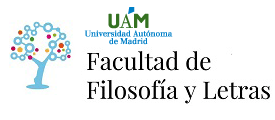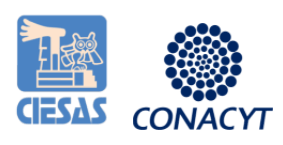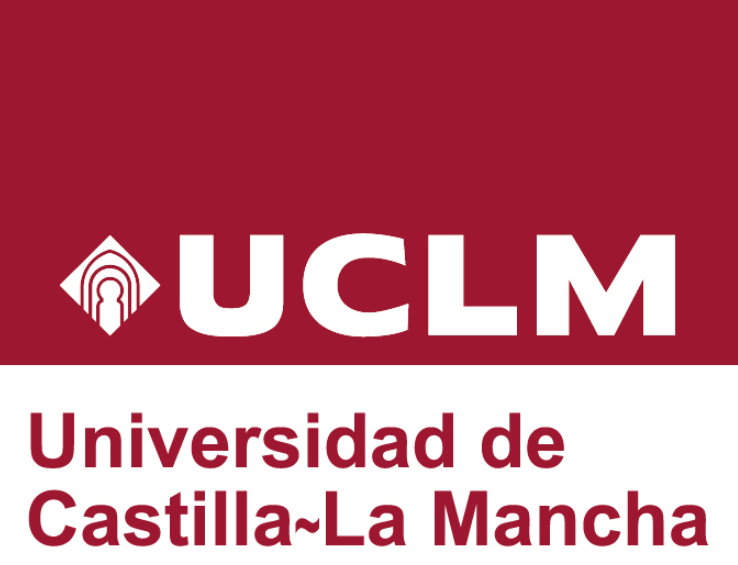DISTANT HEELS. ON THE UNDESIRED INTERACTIONS OF BARCELONA’S VICE DISTRICT
In the middle of the last century, the “unfortunately very well-known Barrio Chino” was officially defined as a “place where evil and mess were found and where the underworld and disreputable people had their dives, brothels, indecorous bars, and neighbourhood where the most noxious of society connived to rush Barcelona’s order, tranquillity, peace and effort”.The effects of this accursed becoming of the place are still ongoing today and they distort the overall view on the people that survive and work there, or even on those who revel in hanging out there. The planning schemes have destroyed the urban fabric of the neighbourhood while other social policies have been condoned as necessary interventions for putting an end to “sub-standard housing” as well as for sneakily promoting, as the public head of one of the planning schemes expected, a “resident rota in the district ... a logic for renewing people”.Informed by Goffman’s oeuvre, I lay out the way in which stigma operates by establishing undesired interactions not only among new residents, but also sexual labourers, the traditional users of the place. It is with this perspective in mind that I look at the ascription of impurities and dangers -in the terms lay out by Mary Douglas- on the occupiers of the street and the ordinary passers-by. This paper is no other tan a micro-analysis of the everyday life of the residents, the workers and the passers-by of what is most probably the last shadow of the stigmatised and stigmatising “Barrio Chino”.
(*)El autor o autora no ha asociado ningún archivo a este artículo









